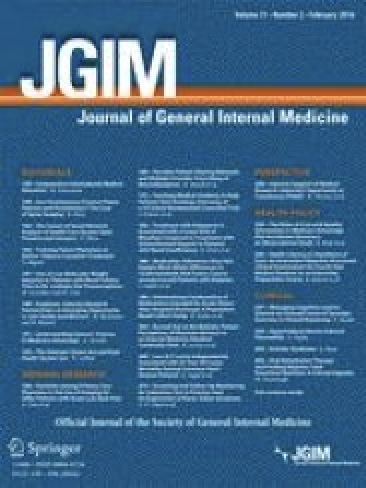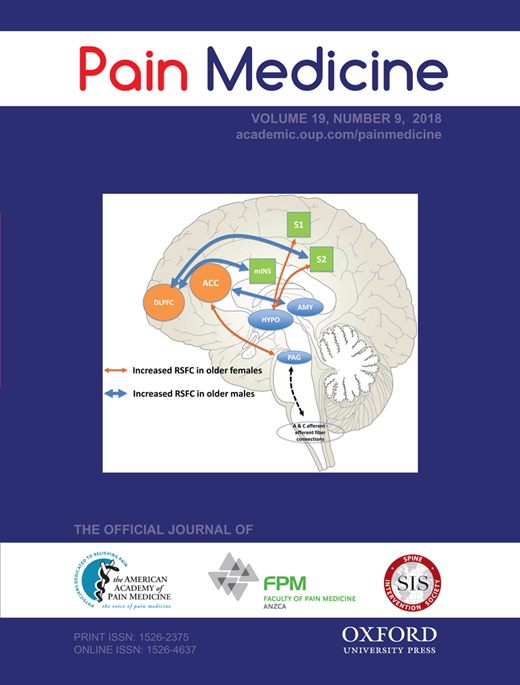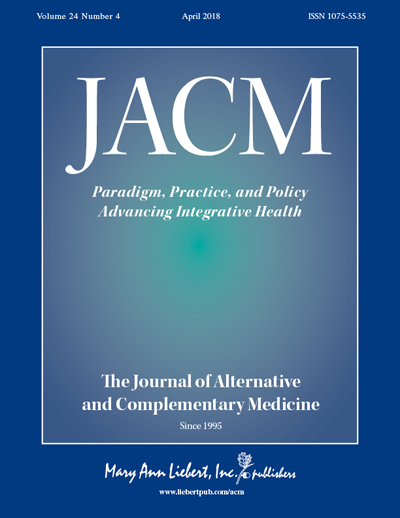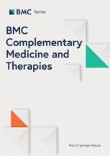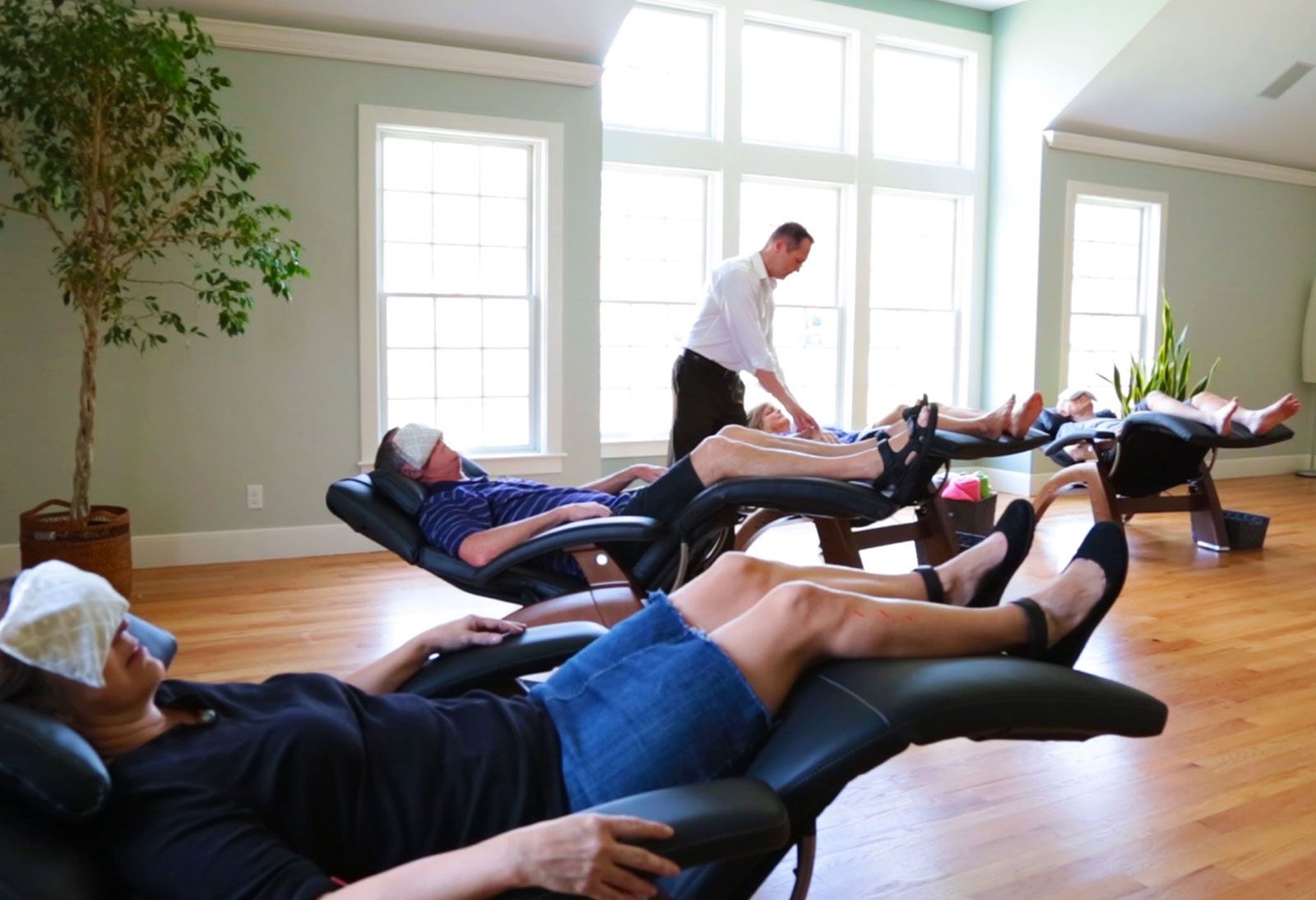
Community (Group) Acupuncture.
Community acupuncture is a recent innovation in acupuncture service delivery that aims to improve access to care through low-cost treatments in group-based settings. Patients at community acupuncture clinics can receive more frequent treatments compared to acupuncture users in a private setting. In group acupuncture, patients are treated simultaneously, in a staggered fashion, situated near and in view of one another.
What does the research say?
The following insights are obtained from systematic reviews and analysis of clinical trials investigating the efficacy of Chinese medicine and community (group) acupuncture.
2020 Journal of General Internal Medicine
Both individual and group acupuncture therapy delivered in primary care settings reduced chronic pain and improved physical function at 12 weeks.
Our results demonstrate that individual and group acupuncture can be offered safely in the community health center setting, that acceptability to patients and clinicians is very high, and that a substantial proportion of patients with chronic pain will have clinically significant improvement in both pain and overall physical health. Based on these results, acupuncture therapy should be offered as part of pain care to underserved populations in the primary care setting. Non-inferiority of group treatment was not demonstrated, suggesting that further research is needed on the optimal strategy for delivering group acupuncture in this context to consider it as effective as individual treatment.
Individual vs. Group Delivery of Acupuncture Therapy for Chronic Musculoskeletal Pain in Urban Primary Care—a Randomized Trial McKee MD, Nielsen A, Anderson B, Chuang E, Connolly M, Gao Q, Gil EN, Lechuga C, Kim M, Naqvi H, Kligler B
2018 Pain Medicine
Acupuncture therapy offered in the group setting was effective in reducing pain severity, pain interference, and depression in patients with chronic neck, back, or shoulder pain or osteoarthritis.
Subjects received eight weekly acupuncture therapy sessions in a group setting. Acupuncture therapy included a combination of palpation, acupuncture needling, Tui na, Gua sha, and auricular treatment. Baseline pain levels were established in a two- to four-week run-in; assessment of the intervention impact on pain intensity, mood, and functional status were made at the end of the treatment period (eight weeks) and 16 weeks after completion of intervention (24 weeks).
Of the total 113 participants recruited for the trial, 96 completed the 24-week protocol. We found a statistically and clinically significant decrease in pain severity, pain interference, and depression in our study population. There were no serious adverse events.
Acupuncture therapy offered in the group setting was effective in reducing pain severity, pain interference, and depression in patients with chronic neck, back, or shoulder pain or osteoarthritis. Benefit persisted through the 24-week measure despite no additional treatment. This finding has potentially important implications for improving access to effective acupuncture treatment for patients with limited financial resources.
Acupuncture Therapy in a Group Setting for Chronic Pain Benjamin Kligler, Arya Nielsen, Corinne Kohrherr,, Tracy Schmid, Eve Waltermaurer, Elidania Perez, Woodson Merrell
2018 The Journal of Alternative and Complementary Medicine
Patients in both group and individual acupuncture study arms valued the pain relief, improved quality of life, and relaxation experienced during acupuncture.
Group acupuncture can decrease cost and increase capacity by decreasing clinic space needs and increasing patient volume per acupuncturist; however, the effectiveness and patient acceptability of group and individual session acupuncture have never been directly compared.
Patients in both study arms valued the pain relief, improved quality of life, and relaxation experienced during acupuncture. Privacy and mixed-sex groups were cited as a concern by a minority of patients; however, most of those randomized to the group setting noted that these concerns abated after initiating treatment. Differences between arms included the depth of the relationship with the acupuncturist and misgivings related to the treatment space. Group dynamics varied; some groups fostered a supportive, therapeutic interaction, while others were more reserved.
"It's Better in a Group Anyway": Patient Experiences of Group and Individual Acupuncture Chuang, E., Hashai, N., Buonora, M., Gabison, J., Kligler, B., & McKee
2013 BMC Complementary Medicine and Therapies
Our findings suggest that the group setting, community-based locations, and low cost of this model do not compromise quality of care, and potentially reduce access barriers for those who might not otherwise consider acupuncture.
In this study, Portland community acupuncture patients perceive their care as high quality. Themes that emerged from these analyses highlight how the community acupuncture model facilitates access to acupuncture. Patients mentioned the facilities and material resources that support the provision of care, such as aspects of the physical setting and relaxing atmosphere. Patients identified both technical and interpersonal processes of care received at WCA that support patient engagement. They described their processes for accessing care as empowering, allowing them to exercise control over when and how they are treated. Our findings suggest that the group setting, community-based locations, and low cost of this model do not compromise quality of care, and potentially reduce access barriers for those who might not otherwise consider acupuncture. In addition, the community acupuncture model may offer individuals the opportunity for increased frequency of treatments, which raises pertinent questions about the dose–response relationship of acupuncture and health outcomes. Further work is needed to examine aspects of access, costs, and quality of care with larger, more representative samples of community acupuncture patients from multiple clinics. Future studies should also include the perspectives and experiences of patients who initiated, and subsequently, terminated treatment through community acupuncture clinics due to dissatisfaction.
Patient perspectives on care received at community acupuncture clinics: a qualitative thematic analysis Tippens KM, Chao MT, Connelly E, Locke A.
Consult with our practitioners for personalised care and advice.
Although well-conducted clinical research can help members of the public to make better-informed decisions about their healthcare, we cannot claim that any particular treatment may be effective for any individual person.
When you consult with our Chinese medicine practitioners, you'll receive personalised advice and treatment based on your symptoms and Chinese medicine diagnosis.
Scientific References
Browse our collection of scientific clinical research on community (group) acupuncture.
It includes recent and reputable papers published by peer-reviewed journals within the last 10 years.

2020, Feb 19
Individual vs. Group Delivery of Acupuncture Therapy for Chronic Musculoskeletal Pain in Urban Primary Care—a Randomized Trial
Journal of General Internal Medicine Society of General Internal Medicine
The results demonstrate that Individual and Group Acupuncture can be offered safely in the community health center setting. Acceptability to patients and clinicians is very high, and that a substantial proportion of patients with chronic pain will have clinically significant improvement in both pain and overall physical health. Based on these results, Group Acupuncture therapy should be offered as part of pain care to urban community in the primary care setting.
McKee MD, Nielsen A, Anderson B, Chuang E, Connolly M, Gao Q, Gil EN, Lechuga C, Kim M, Naqvi H, Kligler B Full Article

2018, Feb
Acupuncture Therapy in a Group Setting for Chronic Pain
Pain Medicine American Academy of Pain Medicine
Acupuncture therapy offered in the group setting was effective in reducing pain severity, pain interference, and depression in patients with chronic neck, back, or shoulder pain or osteoarthritis. Benefit persisted through the 24-week measure despite no additional treatment. This finding has potentially important implications for improving access to effective acupuncture treatment for patients with limited financial resources.
Benjamin Kligler, Arya Nielsen, Corinne Kohrherr,, Tracy Schmid, Eve Waltermaurer, Elidania Perez, Woodson Merrell Full Article

2018, Jan 15
"It's Better in a Group Anyway": Patient Experiences of Group and Individual Acupuncture
The Journal of Alternative and Complementary Medicine Society for Acupuncture Research
Group acupuncture and individual acupuncture were similarly valued by patients, but that group acupuncture is a different experience from individual acupuncture. The study showed patients in group settings contributed to their experience by helping them relax and by forming social bonds with other participants.
Chuang, E., Hashai, N., Buonora, M., Gabison, J., Kligler, B., & McKee Full Article

2013, Oct 29
Patient perspectives on care received at community acupuncture clinics: a qualitative thematic analysis
BMC Complementary Medicine and Therapies
This study elucidate patients' perspectives on quality of care: 1) aspects of health care delivery unique to community acupuncture, and 2) patient engagement in health care. The group setting, community-based locations, and low cost of this model potentially reduce access barriers for those who might not otherwise consider using acupuncture. In addition, the community acupuncture model may offer individuals the opportunity for increased frequency of treatments.
Tippens KM, Chao MT, Connelly E, Locke A. Full Article

“It is by virtue of the twelve channels that human life exists, that disease arises, that human beings can be treated and illness cured. The twelve channels are where beginners start and masters end.” The Classic of Acupuncture
Circa 1st Century BCE
